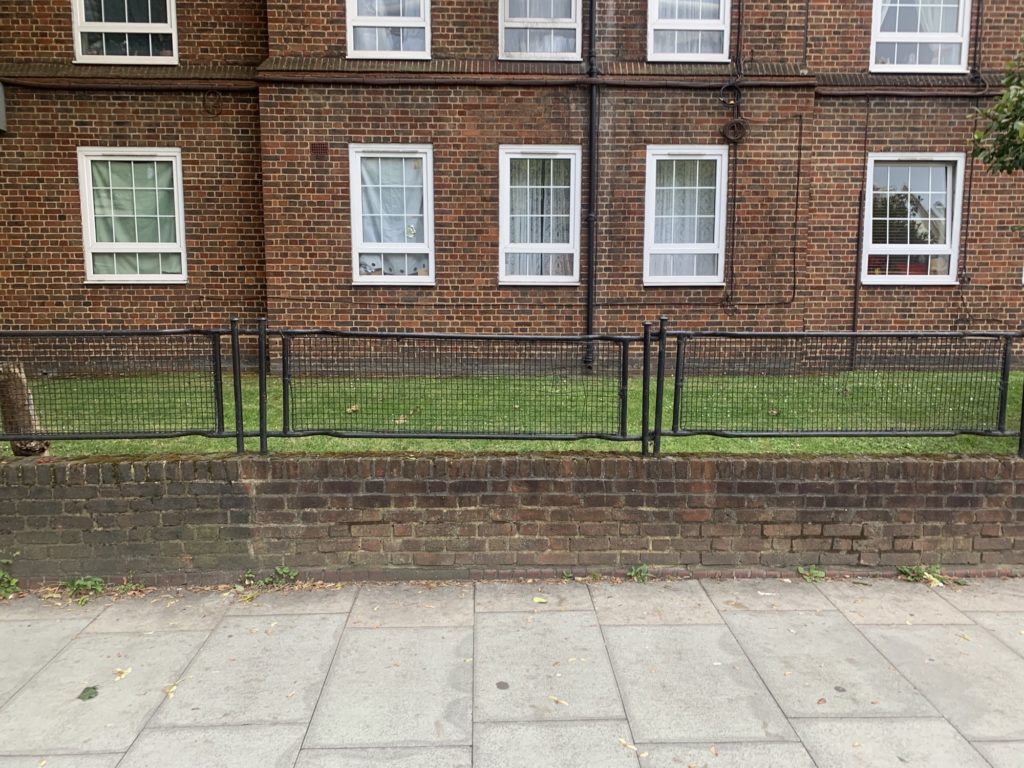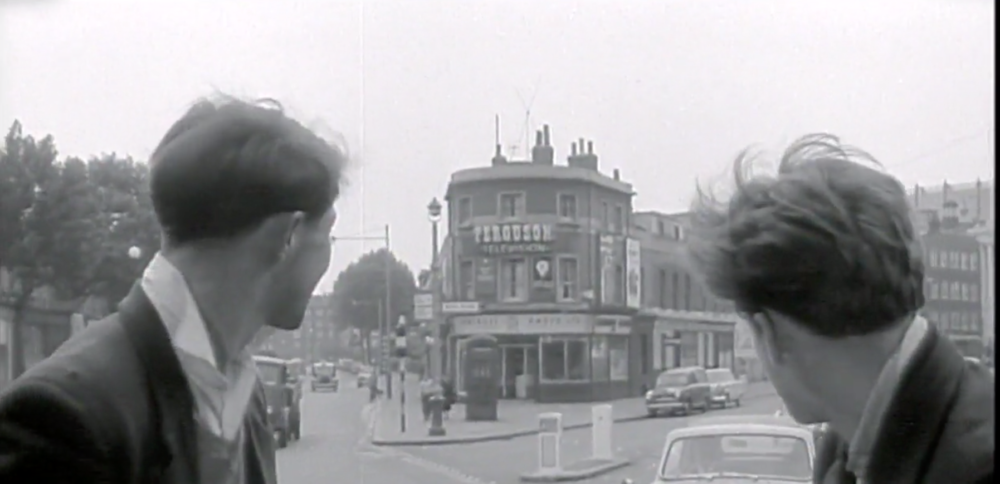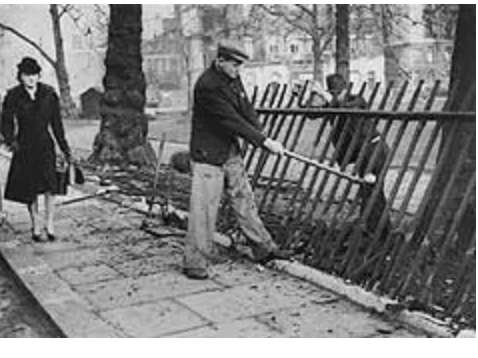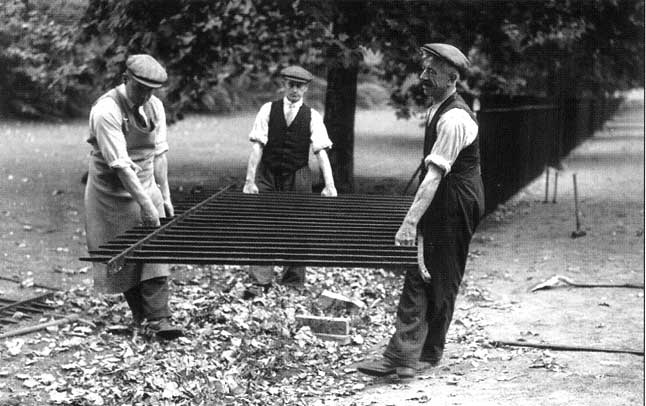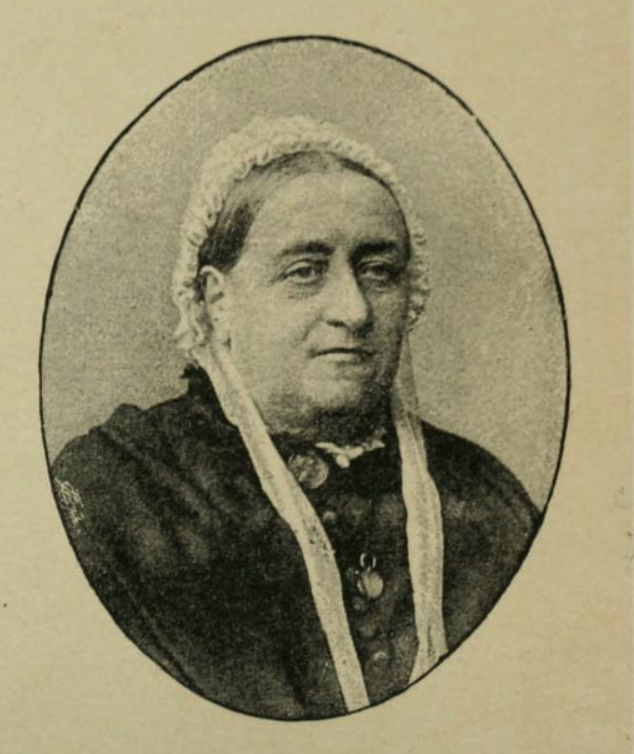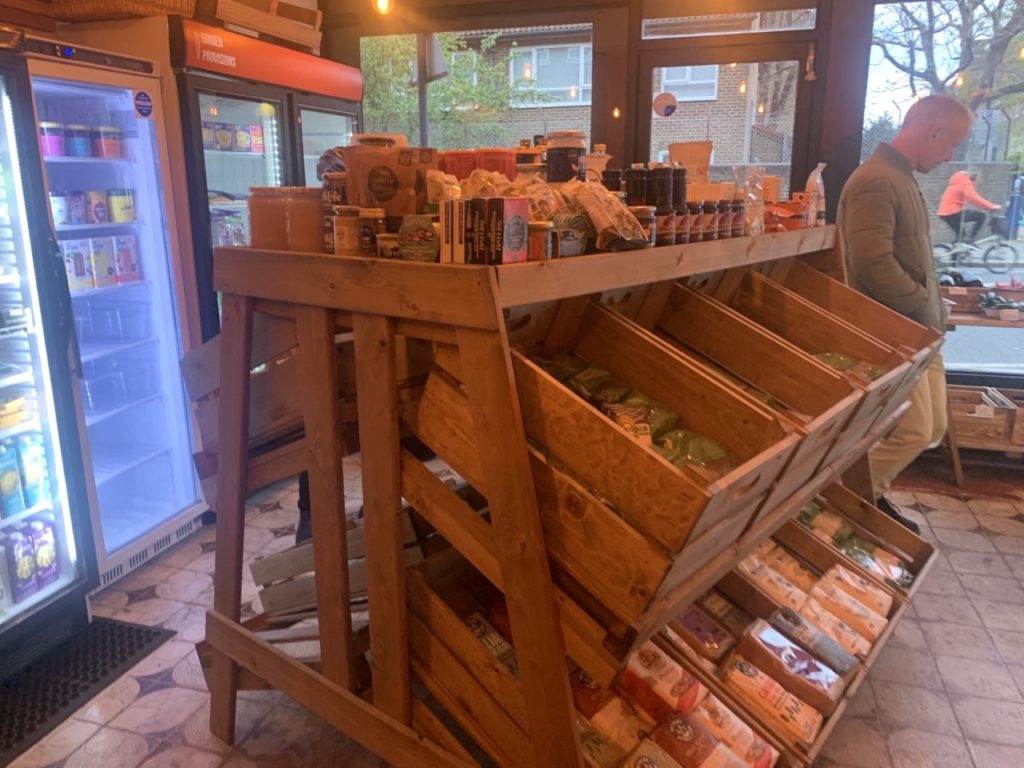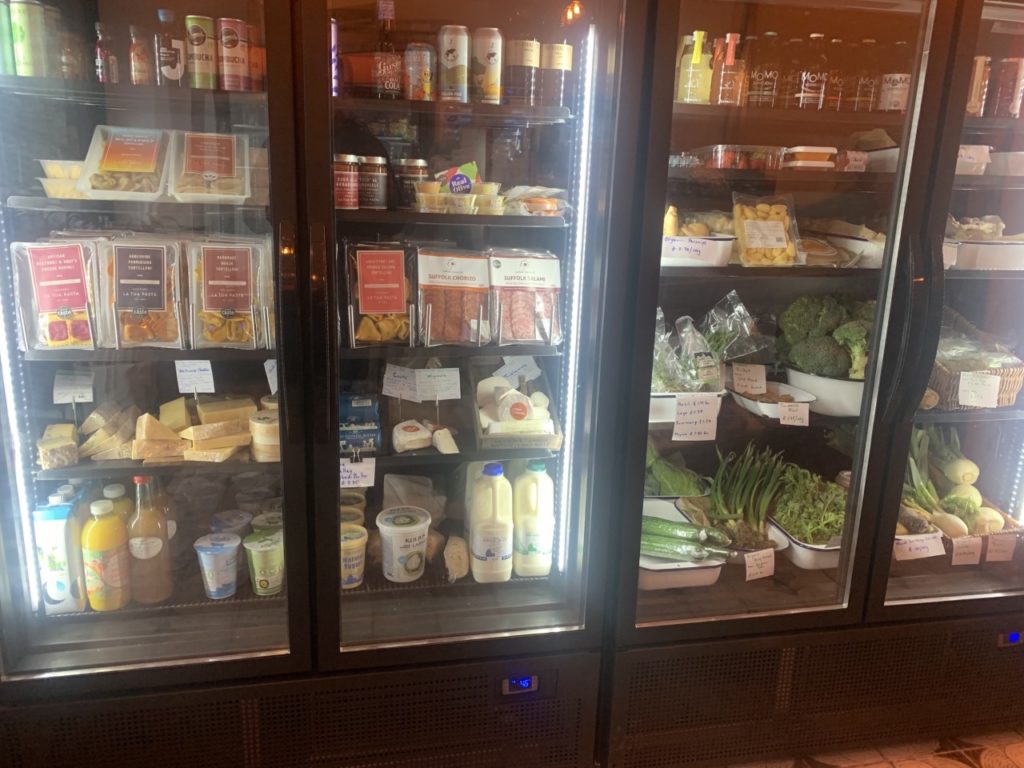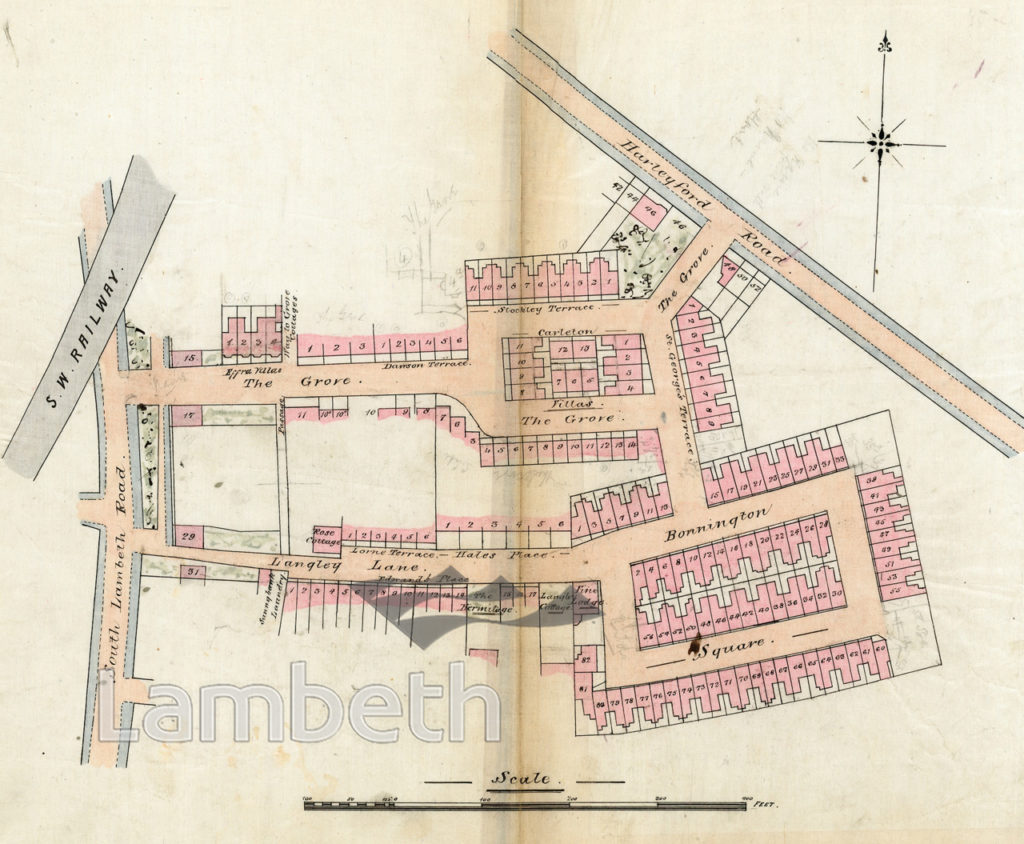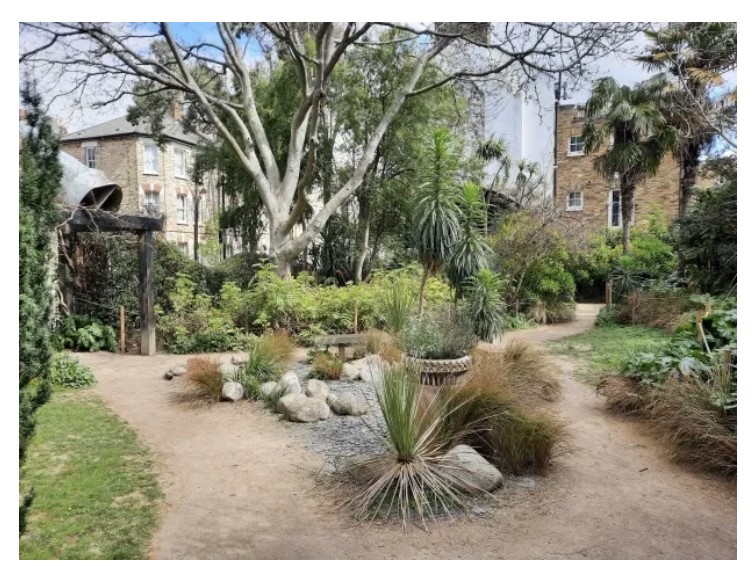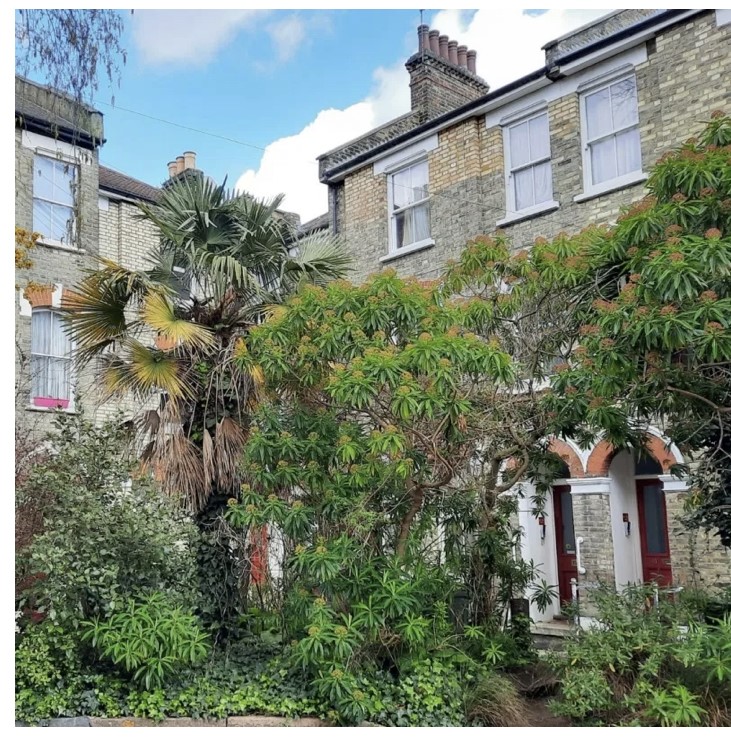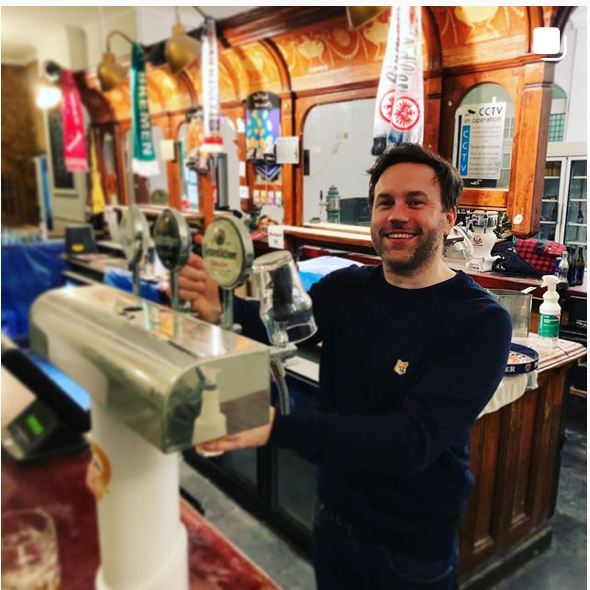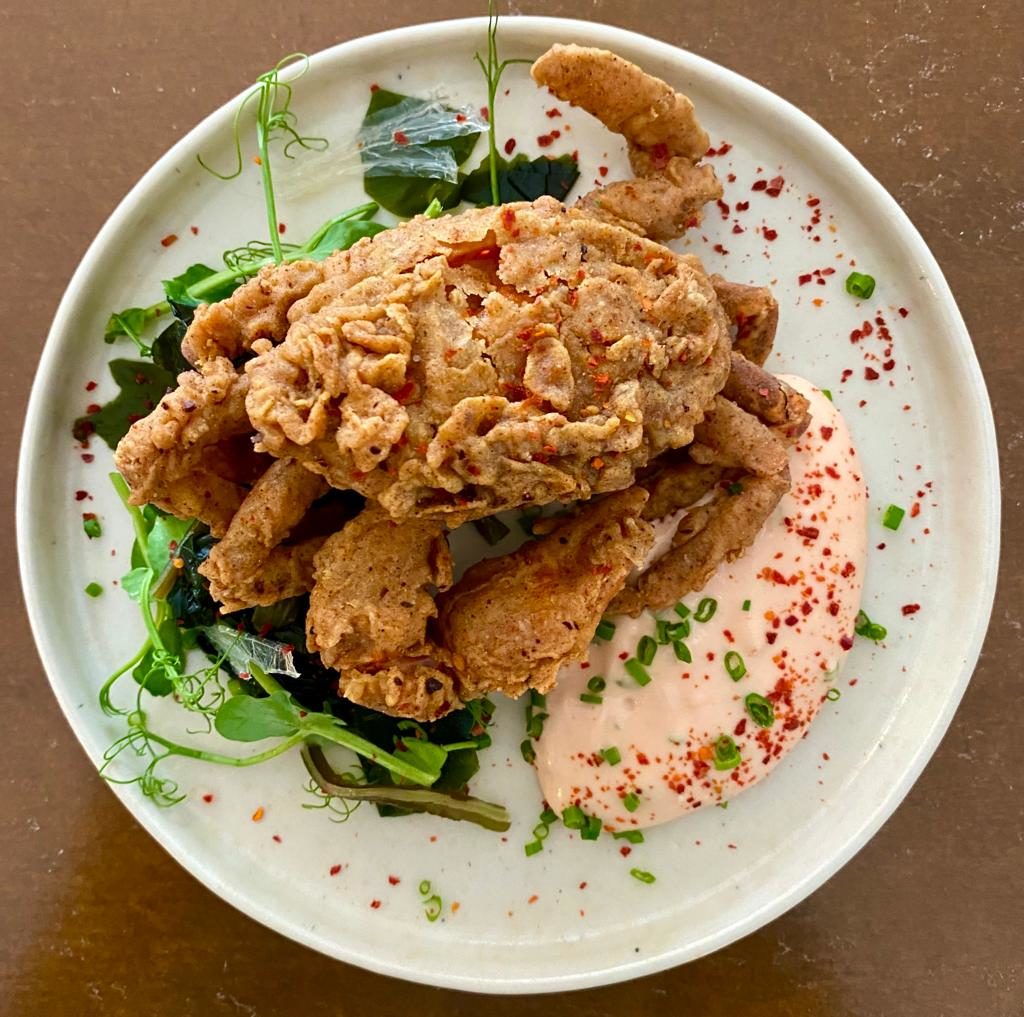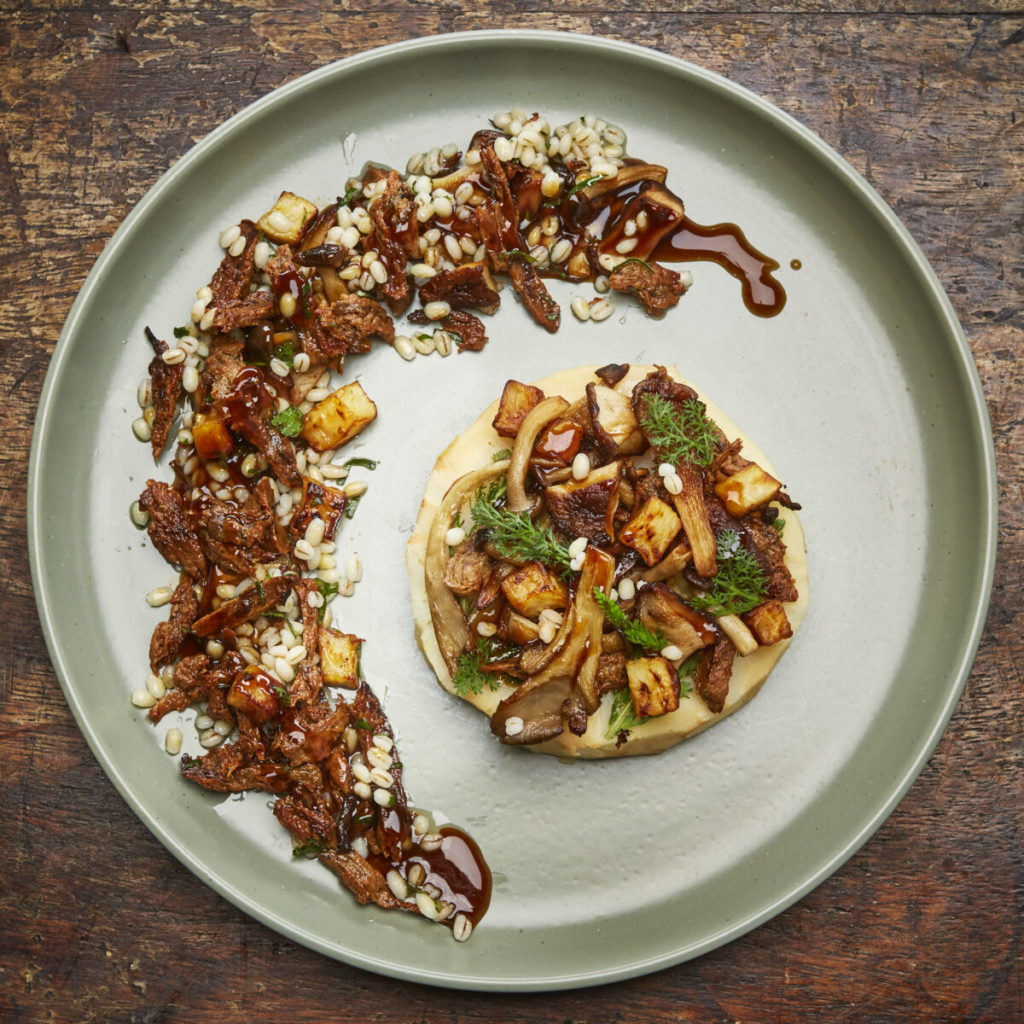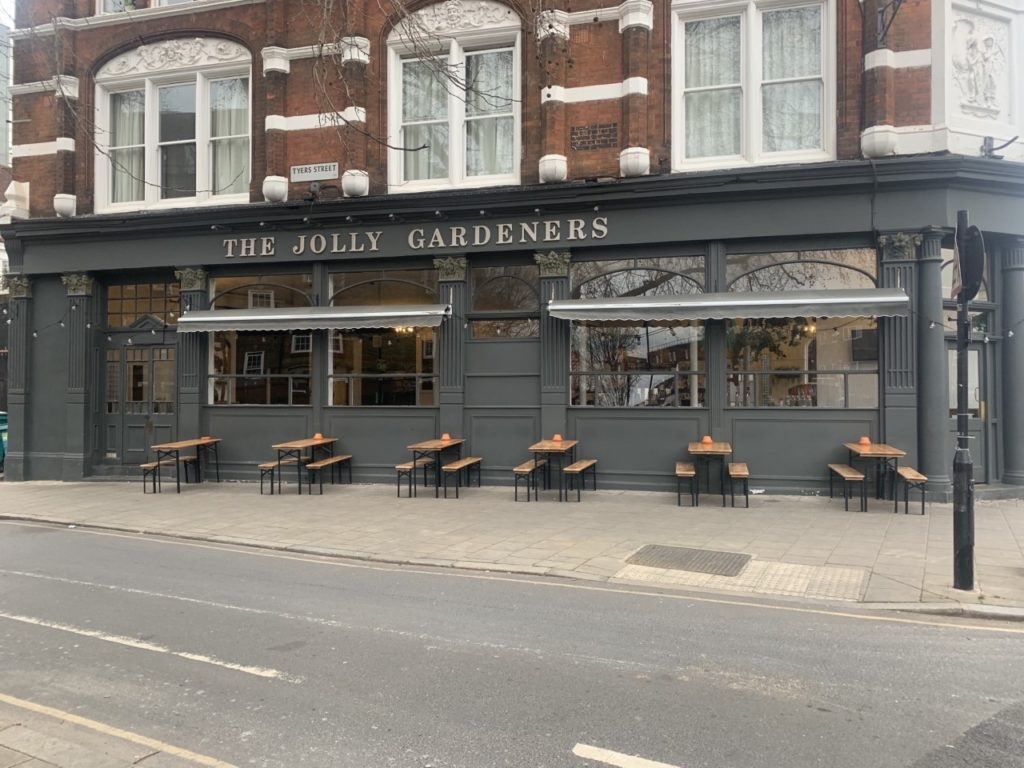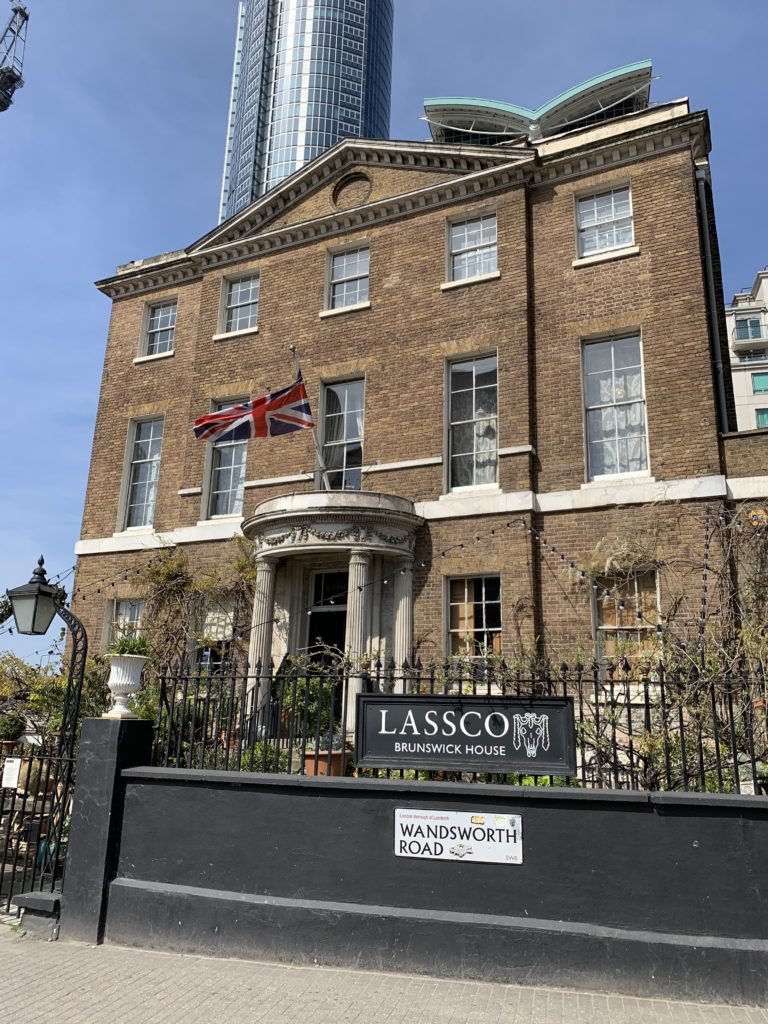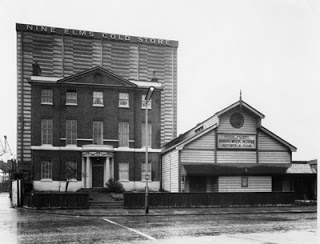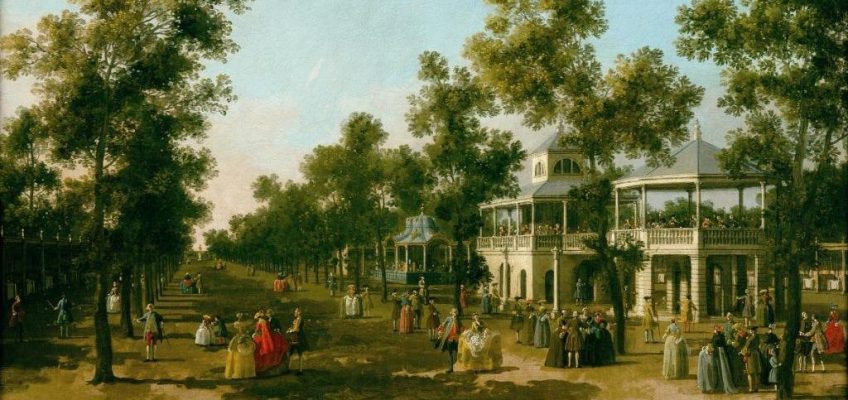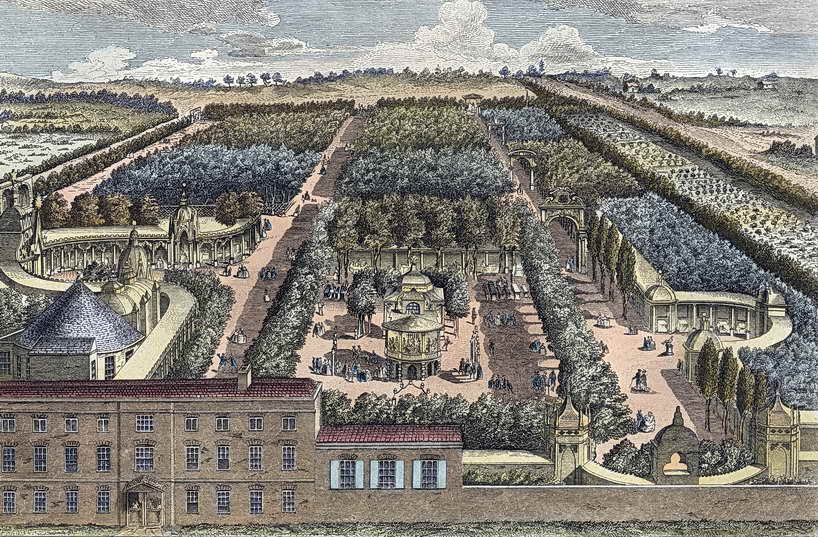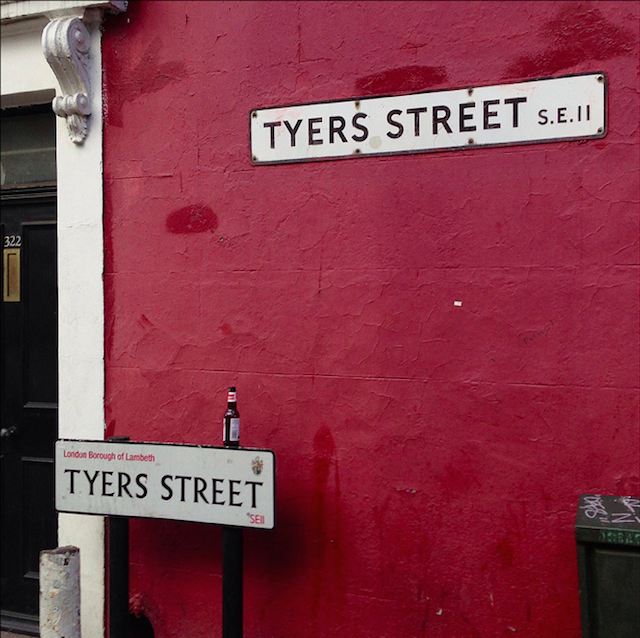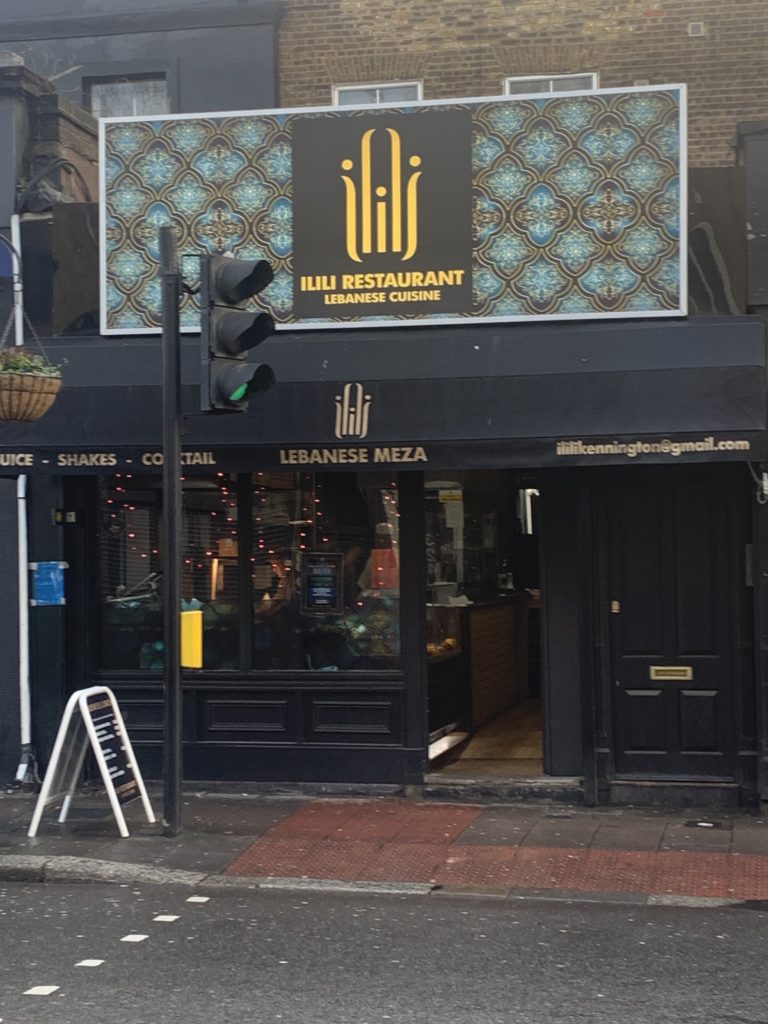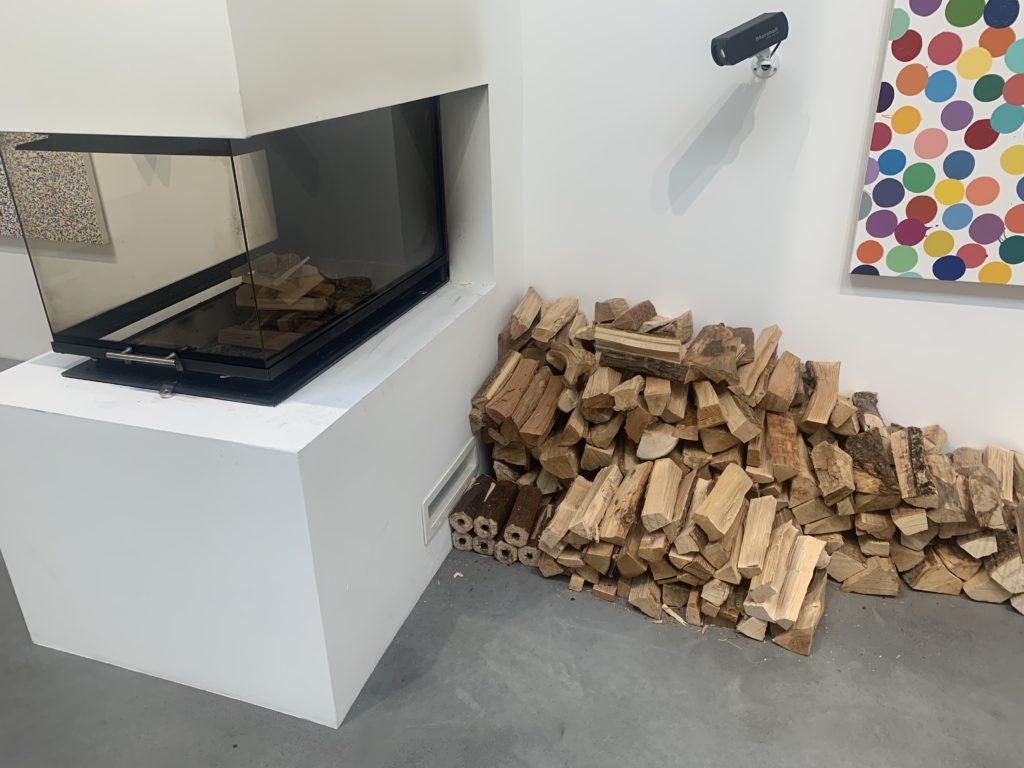If you’re the observant or, in our case, intrusive sort you’ve probably noticed some unconventional appearing railings outside some estates in Greater Kennington. These didn’t start their life as estate railings, but rather as devices to save people’s lives.
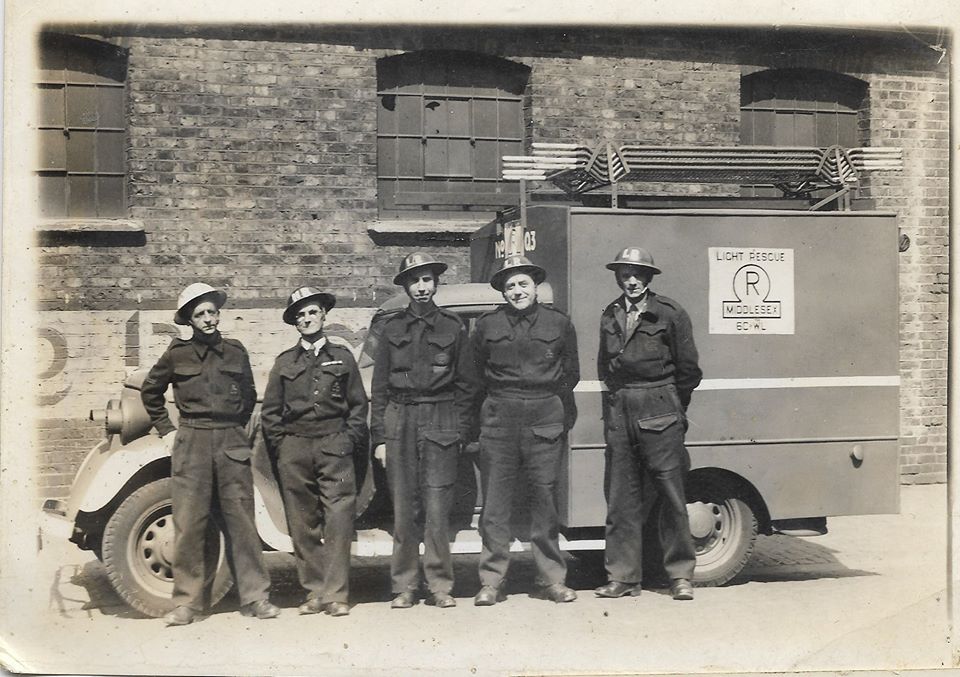
At the beginning of World War 2 London was stripped of many of its railings in order to be melted down for use as armaments. Whether they were actually used for this purpose or just an elaborate morale boosting PR stunt remains a point of debate. Ironically, the iron railings were removed at the same time as 600,000 iron stretchers were being mass produced in order to ferry away casualties from bombsites. Fortunately not nearly that many were ever needed or would be in future, so London had a whole lot of beds on her hands….
The WW2 stretchers produced during the war were cast iron and couldn’t be melted down into anything more practical afterwards, so in a rationed post war Britain someone devised the clever idea of sticking the stretchers on their sides, welding them together, and repurposing them for use as railings outside of public buildings. In this very early version of upcycling, they were reborn as fencing and exist to this day. Today our railings attract interest from around the world but sadly, like most of the staff here at the Runoff, are not being cared for properly and are in a sorry state of repair.
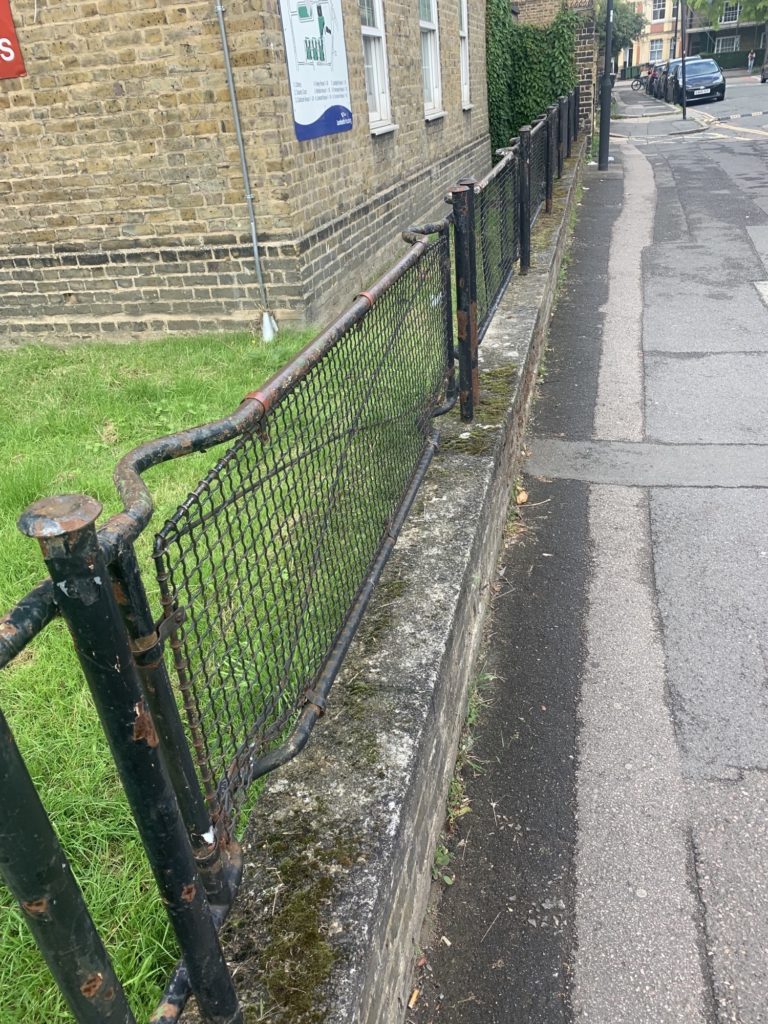
Kennings Way, Kennington 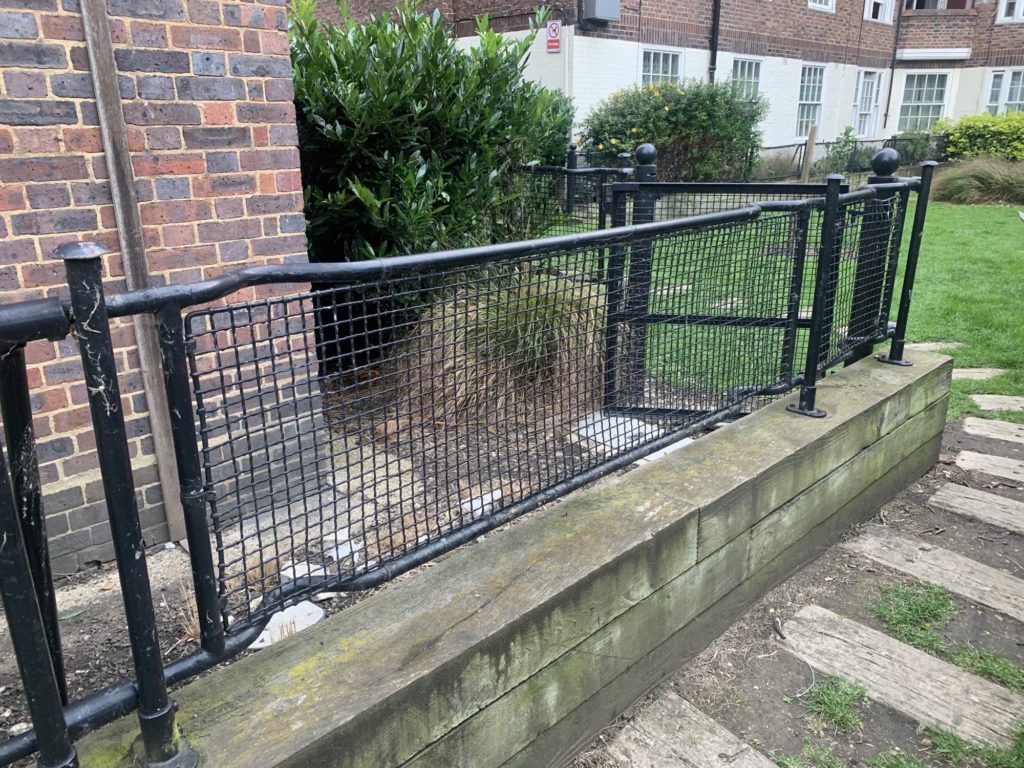
Alverstone House, Oval
Stretcher railings are a very unique part of London’s quirky street furniture and we are fortunate to possess the lion’s share right here in our anointed patch. So next time you get a pesky little idea about going to the West End for a bit of culture, just pop over to your nearest estate. There is even a stretcher railing society for those of you who have a fence fetish. But if you do join, we suggest that you keep that one to yourself.
